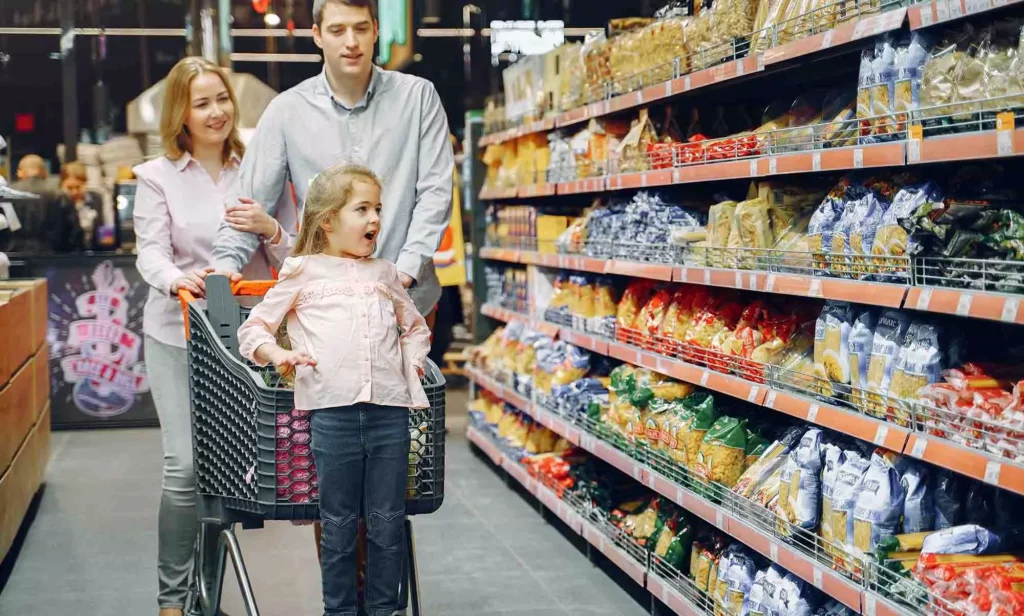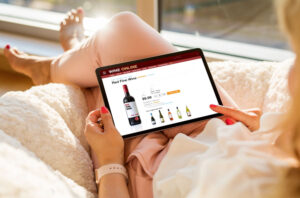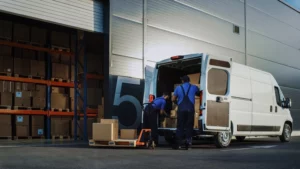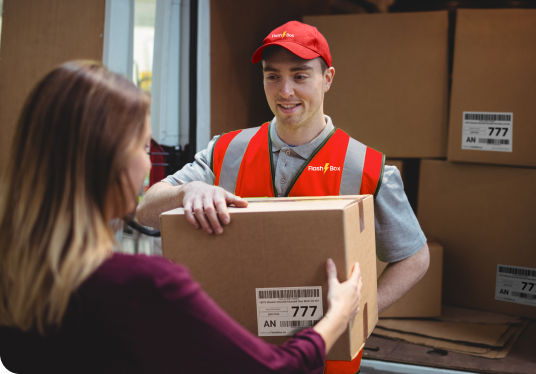Many retail brands struggle to succeed due to the fierce competition in their category, dominated by big traditional brands.
Some companies may fail to establish themselves among their competitors because they may be too ambitious or lack experience.
Transitioning from a direct-to-consumer (DTC) approach to traditional retail can be challenging, but Consumer Packaged Goods (CPG) companies can overcome the risks by addressing four key areas, including fast and reliable delivery partners.
Establishing the Right Partners
According to a recent survey, 80% of Consumer Packaged Goods (CPG) companies struggle with managing their retail partnerships effectively.
It’s crucial for CPG companies to consider how each partner affects the other before approaching physical retail partners in their category.
Too many retail partners can lead to shelf dilution, capital constraints, difficulty managing promotions, or losing distribution due to poor product-shopper fit.
Therefore, it’s essential to identify the right partner or partners that can help achieve your retail objectives.
Crafting a Clear Value Proposition for Retail Success
Effective messaging is critical in all consumer channels, especially in-store presentations.
With limited attention spans and competitors within a product’s line of sight, the speed and eloquence with which you communicate your point of differentiation matters.
Retail environments challenge customer loyalty, requiring extra attention to how effectively your packaging design and in-store presentation reach consumers.
Prepare Your Supply Chain
According to a study by IHL Group, out-of-stocks cost retailers in the US alone around $144.9 billion annually.
And it’s not just the retailer who suffers; a separate report by AlixPartners found that 46% of consumers who experience an out-of-stock situation would take their business elsewhere.
To avoid these losses, it’s crucial to have a reliable and efficient supply chain. Ensuring on-time, in-full rates for customer orders helps maintain a good relationship with retailers and their customers.
Additionally, partnering with fast delivery services can help ensure that products are delivered promptly, meeting customer expectations and increasing customer satisfaction.
Prepare Data to Support the Channel
To enter any retail door, you must have consumer data proving why your brand will be a top category performer.
Brands can build stronger relationships with their retail partners by mimicking the data-driven intentionality of modern retail stores.
Purchase intent testing, for instance, measures the effectiveness of the packaging and its ability to lead to purchase selection in 3-12 seconds. This test helps brands measure the performance of various packaging design candidates in the marketplace.
The Benefits of Retail Partnerships
Winning in retail provides many benefits, including greater reach, broader brand awareness, access to valuable customer data and analytics, product innovation and co-branding opportunities, and opportunities to build a loyal customer base through in-store experiences.
Retailers are innovating click-and-mortar experiences, and being part of this action can help brands achieve long-term growth and success.
Conclusion
Are You Ready to Transition into Retail?
If you are a CPG brand currently using or weighing a DTC model, consider a pivot back to retail.
These partnerships offer opportunities to reach a larger consumer demographic, establish sustainable relationships, and embrace online opportunities.
By engaging in retail action, brands can achieve long-term growth and success with the help of fast and reliable delivery partners.





